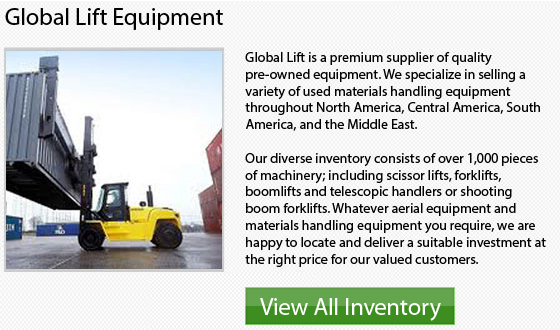
Gradall started making its famous excavator during the 1940's, during a time in which WWII had caused a shortage of workers. This decrease in the work force brought a huge need for the delicate work of finishing and grading highway projects.
Ferwerda-Werba-Ferwerda was a Cleveland, Ohio based construction company which faced this specific problem first hand. Koop and Ray Ferwerda were brothers who had relocated from the Netherlands. They were partners in the company which had become amongst the leading highway contractors within the state of Ohio. The Ferwerdas' started to build an equipment which would save their business and their livelihoods by making a model which will perform what had before been manual slope work. This invention was to offset the gap left in the worksite when lots of men had joined the military.
The brothers initially invented an apparatus that had 2 beams set on a rotating platform, which was attached on top of a used truck. They used a telescopic cylinder in order to move the beams out and in. This enabled the attached blade at the end of the beams to push or pull dirt.
After a short time, the Ferwerda brothers improved on their initial design. They made a triangular boom to produce more power. After that, they added a tilt cylinder that enabled the boom to rotate 45 degrees in either direction. This new model could be outfitted with either a bucket or a blade and the attachment movement was made possible by placing a cylinder at the rear of the boom. This design powered a long push rod and allowed a lot of work to be done.
Numerous digging buckets were introduced to the market not long later. These buckets in sizes ranging from 15 inch, 24 inch, 36 inch and 60 inch buckets. There was additionally a 47 inch heavy-duty pavement removal bucket which was also available.